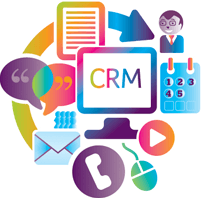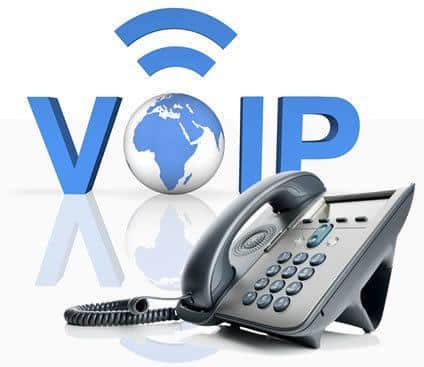Implementing a CRM: Where Should You Begin?

Customer Relationship Management Implementation As a SMB, considering the options to organize your customer data can leave you with more questions than answers. There are dozens of Customer Relationship Management, or CRM, system options out there and plenty of companies also specializing in industry-specific (consumer goods, financial services, industrial sector, etc.) or customized CRMs. If […]
4 Benefits of Disaster Recovery Planning

40 percent of businesses do not reopen after a disaster, FEMA reports. There are a number of benefits that can be realized by implementing a disaster recovery plan for business data; allow us to share four of them with you today. 1. Peace of mind in an emergency – Sure, emergencies are stressful no matter their nature. Yet having […]
Office 365 with VoIP integration: Affordable and mobile

The world’s workforce is getting increasingly more mobile. This can leave businesses looking for a highly accessible and affordable solution to help them get the job done. Here’s the solution: Office 365 with VoIP integration. And here’s why. * Office 365 with VoIP integration combines Microsoft technologies and applications for a single, complete cloud-based solution […]
Who is the Typical DRaaS Client?

There’s no doubt that the benefits of disaster recovery as a service (DRaaS) are geared toward small businesses. By using DRaaS instead of managing their own data center, small businesses can enjoy the same benefits while paying a fraction of the cost. This allows them to reduce expenses while simultaneously ensuring the future of their […]
BYOD Policies, Part 2: 3 Tips to Keep Your Program Running Smoothly

In Part I, we discussed how BYOD policies are becoming more common across a multitude of businesses and industries, and the downfall of BYODs. However, being that these programs are so popular, we also wanted to share a few helpful hints about what you can do to make the most of your BYOD policies if […]

